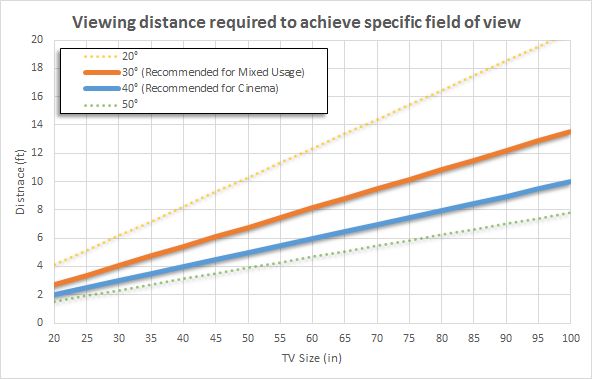tusharbiswas3
Member
Hi guys,
Whenever i am watching any content on my c8 oled, there is a sharp irritation in my left eye which slowly extends to the back of the eye and after sometime the eye gets watery. This generally happens after 30-45 mins of watching. But this does not happen while watching any content on a normal led tv. Have anyone else faced this and aware of any solution?? Any setting change needed in tv to reduce this effect??
Whenever i am watching any content on my c8 oled, there is a sharp irritation in my left eye which slowly extends to the back of the eye and after sometime the eye gets watery. This generally happens after 30-45 mins of watching. But this does not happen while watching any content on a normal led tv. Have anyone else faced this and aware of any solution?? Any setting change needed in tv to reduce this effect??


